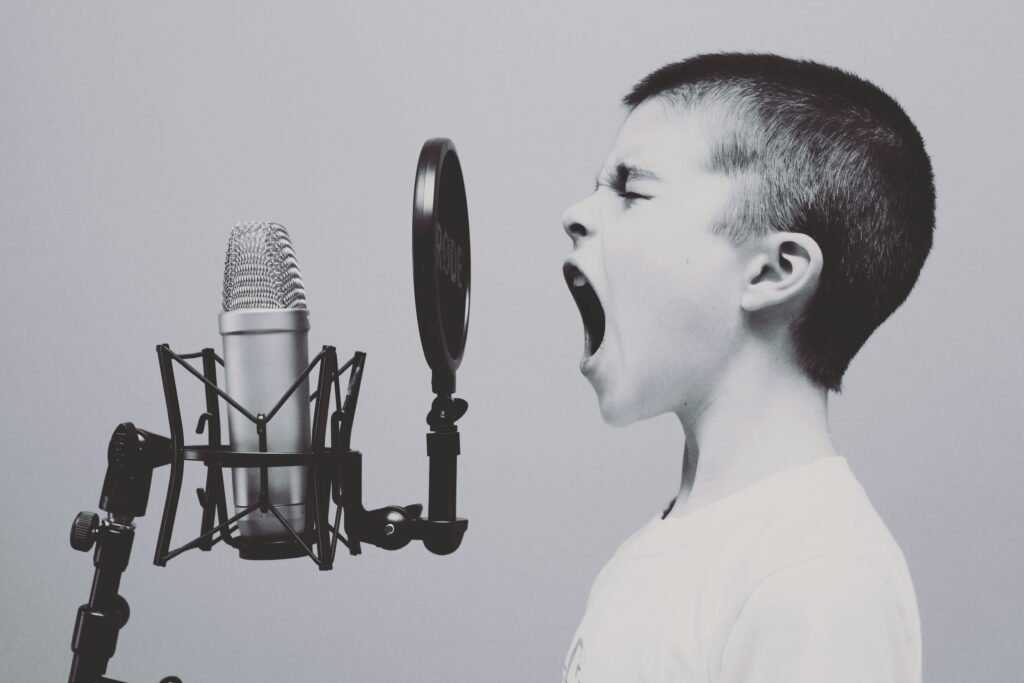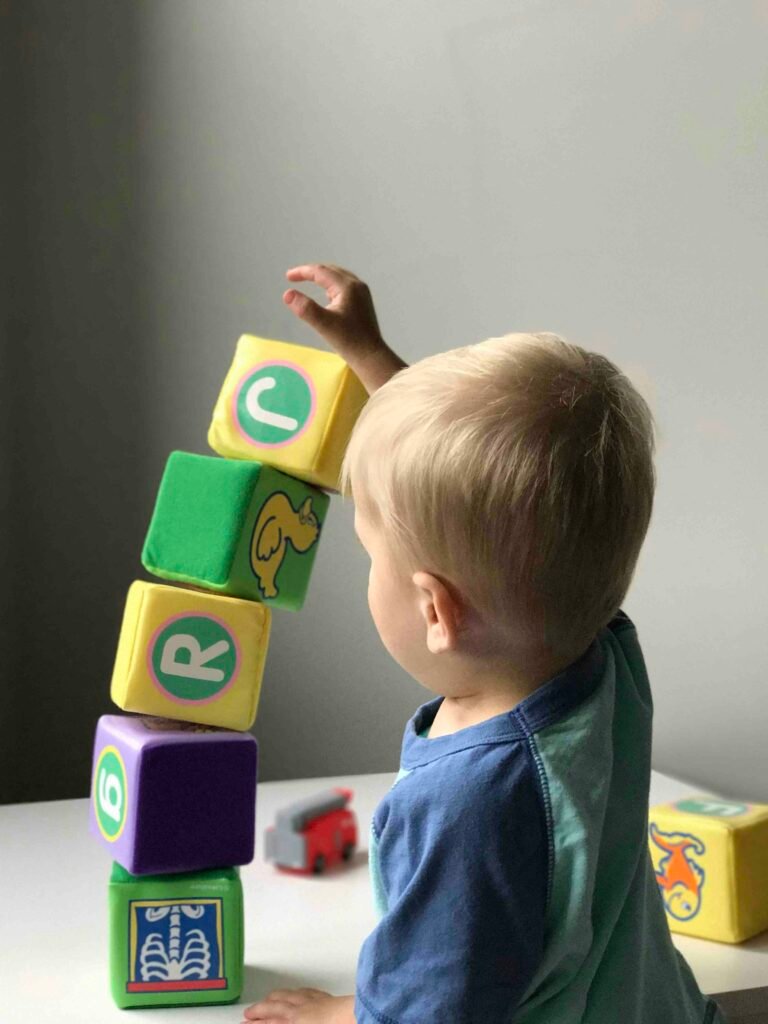
Are you worried about the safety of your children in the bathroom? Look no further, because this article is here to guide you on how to ensure a safe and secure environment for your little ones. From simple tips like installing non-slip mats to more practical advice on childproofing cabinets, we will cover everything you need to know to create a bathroom space that prioritizes your child’s safety. Let’s make the bathroom a worry-free zone for both you and your kids!
Bathroom Safety for Kids
When it comes to keeping your children safe, every parent wants to ensure that they are protected from potential hazards in all areas of the home. The bathroom, in particular, can be a dangerous place for kids if proper safety measures are not taken. Slip and fall accidents, burns, drowning, and exposure to toxic substances are just a few of the potential risks that children may face in the bathroom. By implementing a few key strategies, you can create a safe and child-friendly environment that reduces the risk of accidents and injuries.
Slip and Fall Prevention
Slip and fall accidents are a common cause of injuries in the bathroom. To prevent these types of accidents, there are several steps you can take. First, using non-slip mats inside the bathtub and on the bathroom floor can provide traction and reduce the risk of slipping. Additionally, installing grab bars in the shower and next to the toilet can provide stability and support for children.
Another important step is to ensure that rugs and towels are securely in place and do not pose a tripping hazard. Additionally, it is crucial to keep the bathroom floor dry at all times to prevent slips. Encouraging your children to wear proper footwear, such as slippers with non-slip soles, can also help prevent accidents.
Lastly, it is important to remind your children to never climb on sinks or countertops. These surfaces are not designed to support the weight of a child and can easily lead to accidents or injuries.
Burn Prevention
Burns are another common hazard in the bathroom, especially when it comes to hot water. To prevent burns, always check the water temperature before allowing your child to enter the bath or shower. The water should be comfortably warm, not hot.
Supervision is crucial during bath time to ensure that your child does not accidentally turn on hot water or play with faucets. Additionally, setting the water heater temperature to a maximum of 120 degrees Fahrenheit can help prevent scalding accidents. Educate your children about the dangers of hot surfaces, such as radiators or hair straighteners, and teach them to avoid touching them.
It is also important to keep matches and lighters out of reach of children to prevent accidental burns or fires.

This image is property of images.unsplash.com.
Drowning Prevention
Drowning is a significant concern in the bathroom, especially for young children. Always supervise bath time closely, never leaving your child alone in the tub. Even if you need to step away for just a moment, take your child with you.
After bath time, make sure to empty the tub completely. Even a small amount of water left in the tub can be a drowning hazard to a young child. Additionally, empty any buckets or containers that may have collected water.
Toilet lids should always be kept closed and secure to prevent a child from falling in. It is essential to emphasize that children should never be left alone in the bathroom, especially near water.
Toxic Substance Safety
The bathroom often contains various cleaning products, medications, and other potentially toxic substances. These items should be kept out of reach of children and locked away in childproof cabinets.
Properly disposing of unused or expired medications is critical to prevent accidental ingestion. Childproof cabinet locks can add an extra layer of protection by preventing children from accessing hazardous substances. It is also important to never store chemicals or cleaning products in beverage containers, as this can lead to confusion and accidental ingestion.
Teaching children about poisonous substances and the dangers of ingesting non-food items is essential. Make sure they understand that these items are not toys and should never be played with.

This image is property of images.unsplash.com.
Electrical Safety
Electrical hazards are present in every room of the house, including the bathroom. Installing ground fault circuit interrupters (GFCIs) can help protect against electrical shock. Covering electrical outlets with safety covers is another important step to prevent accidental electrocution.
Keep electrical appliances, such as hairdryers or electric razors, away from water sources to reduce the risk of electrical shock. Teach children about the dangers of electrical outlets and appliances, and ensure that they understand the importance of not tampering with them.
Supervision is crucial when children are using electrical devices to ensure that they are being used safely and correctly.
Medication Safety
Proper storage of medications is crucial to prevent accidental ingestion. Store medications in childproof containers and keep them out of reach of children. It is important to teach your children never to take medication without adult supervision.
When measuring and administering medications, always follow the instructions carefully and ensure that you are using the correct dosage for your child’s age and weight. Monitor and dispose of expired medications correctly to prevent accidental ingestion.
Educating children about medication safety can help them understand the potential dangers and encourage responsible behavior.

This image is property of images.unsplash.com.
Poison Prevention
Cleaning products and other household chemicals should always be stored safely, out of reach of children. Properly label containers to ensure that everyone in the household can recognize their contents.
Keep the poison control hotline number handy in case of an emergency. Teaching children to recognize poisonous substances encourages them to avoid contact with these substances.
It is also crucial to educate kids about the dangers of ingesting non-food items, as these can also be poisonous. Encourage them to never put anything in their mouths that is not food or drink.
Sharp Object Safety
Razors, scissors, and knives should be securely stored out of reach of children. Ensure that these items are stored in a secure location, such as a locked drawer or cabinet.
Teach children the safe handling of sharp objects and encourage them to ask for help when needed. When providing scissors for activities, opt for child-safe scissors with rounded tips to reduce the risk of injury.
Supervision is crucial when children are using sharp objects to ensure that they are used safely and responsibly.
Preventing Bathroom Accidents
In addition to the specific safety measures outlined above, there are general steps you can take to prevent bathroom accidents. Always supervise young children in the bathroom, especially when they are using potentially dangerous items or appliances.
Establishing clear bathroom rules and guidelines can help children understand what is expected of them and how to stay safe. Encourage regular handwashing habits to prevent the spread of germs and teach children the importance of proper hygiene.
Educate your children about emergency situations and what steps to take in case of an accident or injury. Encourage open communication so that your child feels comfortable discussing any concerns or questions they may have about bathroom safety.
By implementing these safety measures and teaching your children about bathroom safety rules, you can create a safe environment that reduces the risk of accidents and promotes a sense of responsibility. Remember, prevention is key when it comes to keeping your kids safe in the bathroom.

